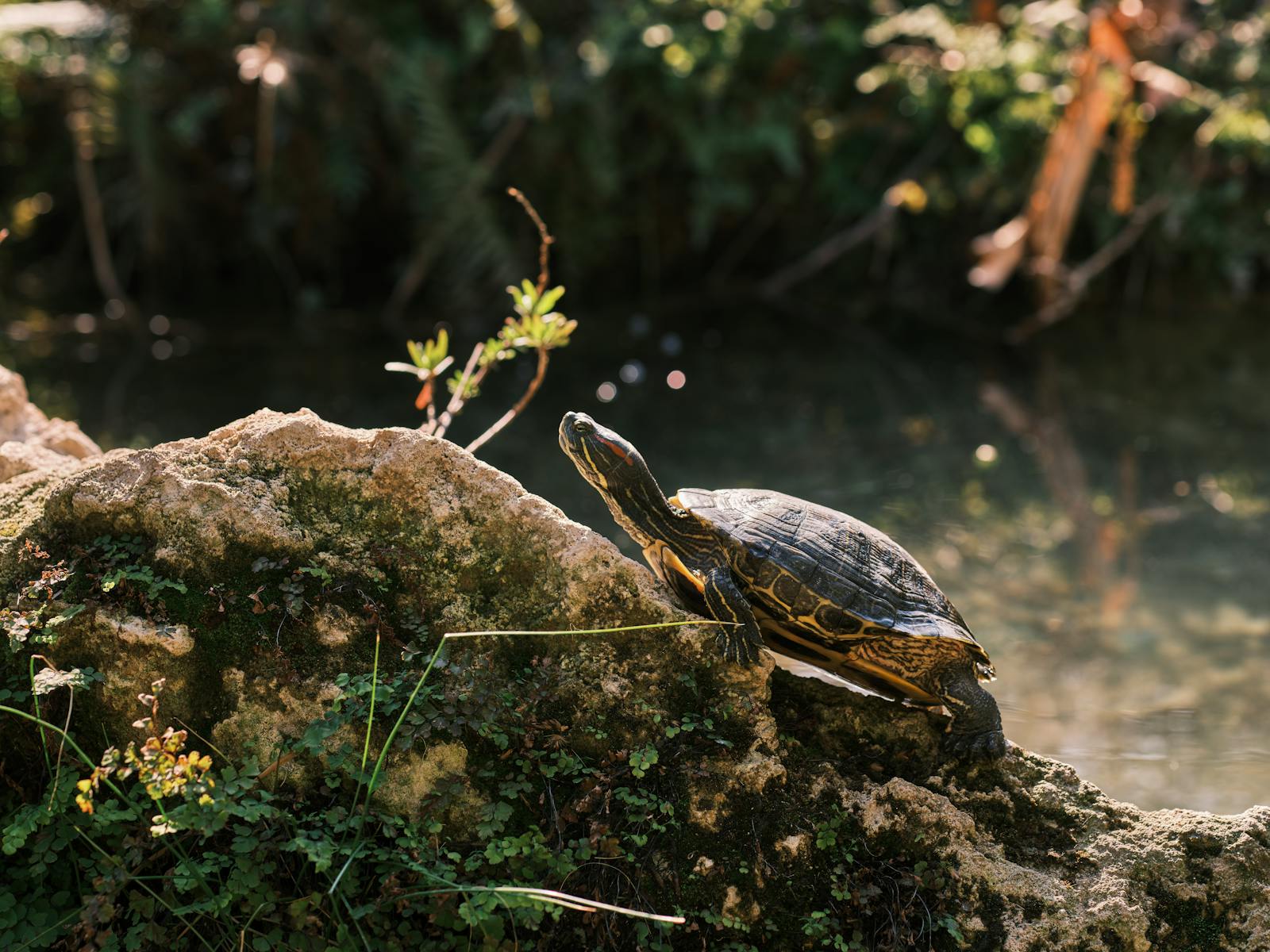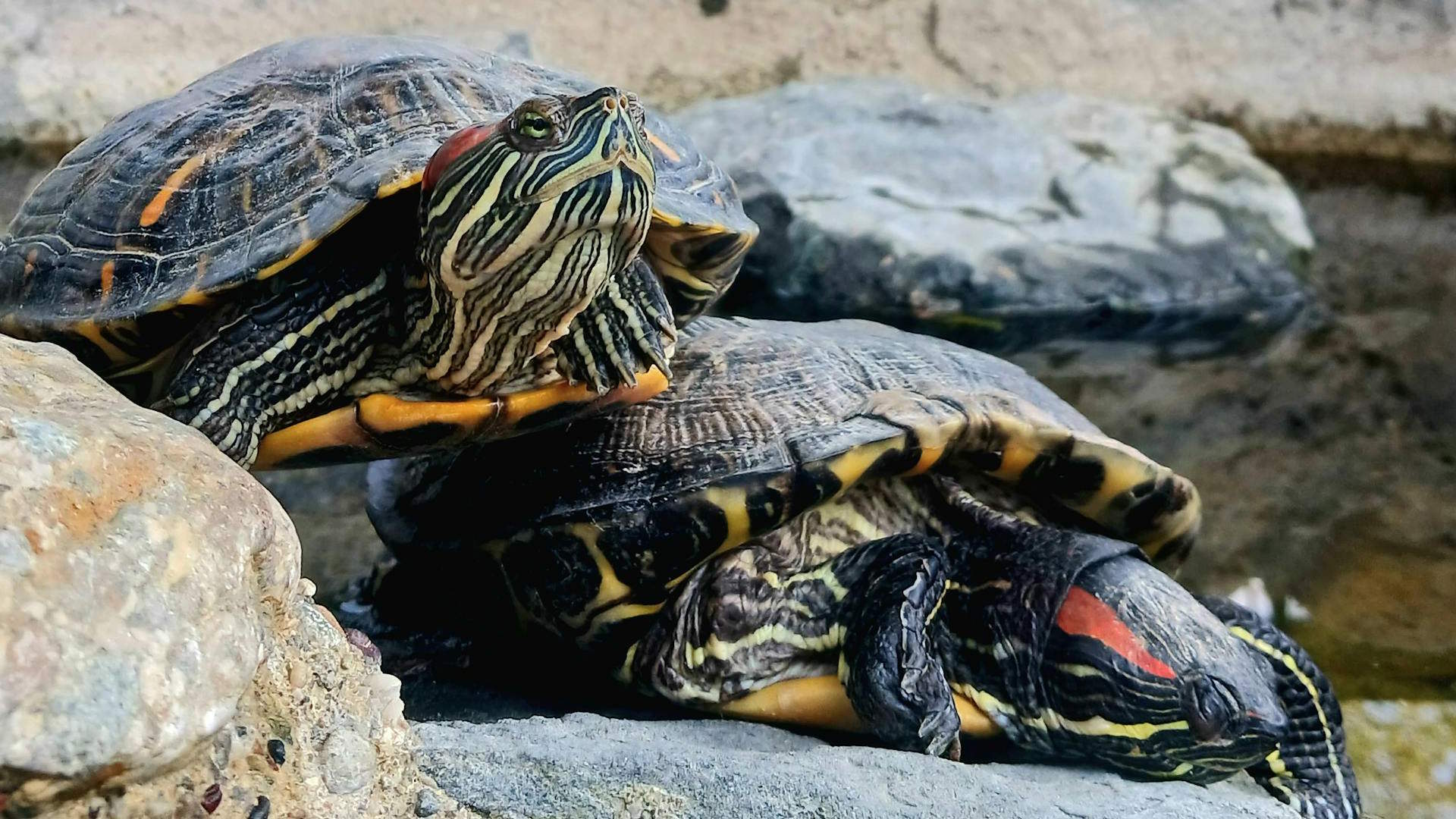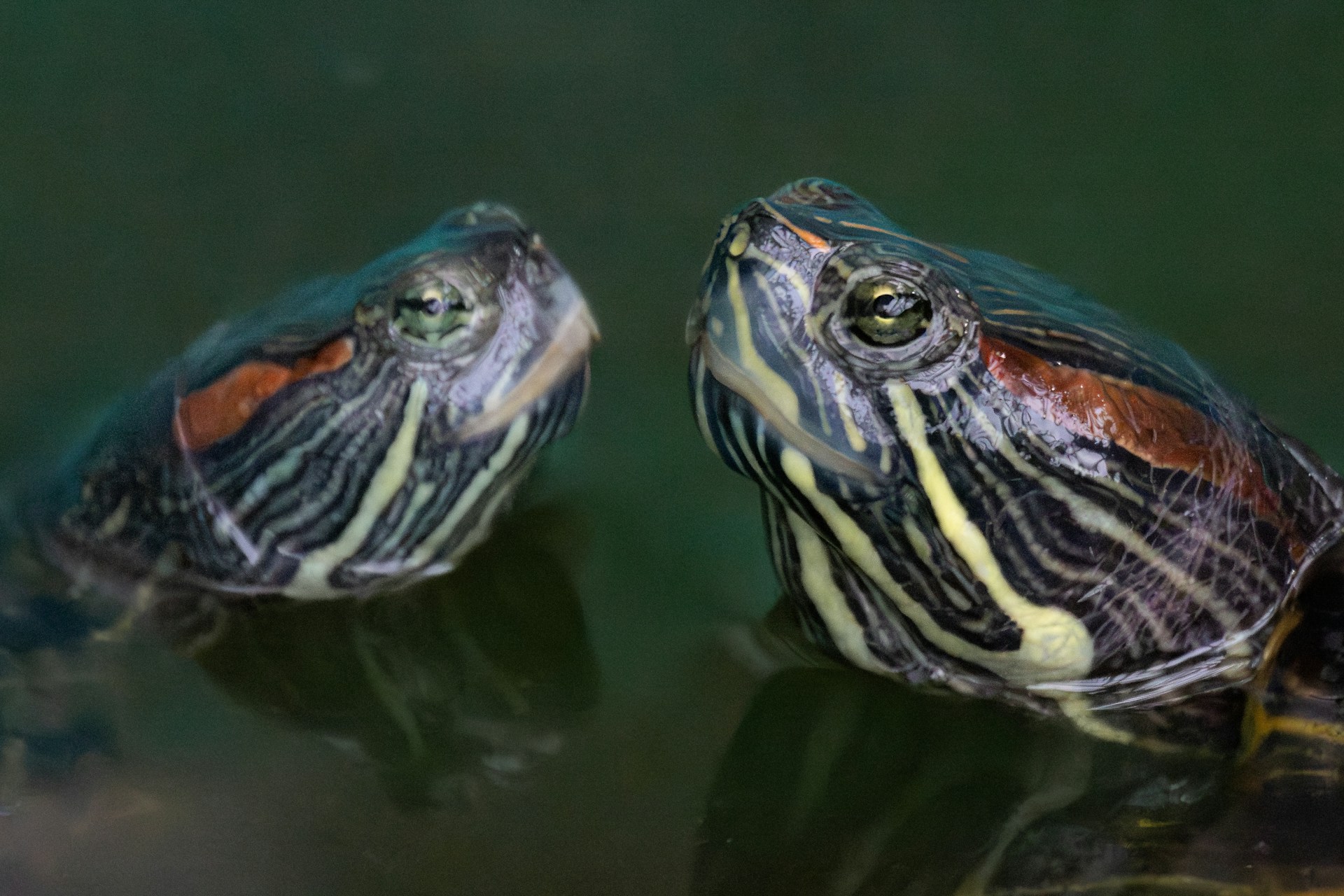Tortoises make fascinating and rewarding pets, with their ancient lineage, unique personalities, and remarkably long lifespans that can span decades or even centuries. However, these gentle reptiles aren’t naturally inclined to regular handling, and improper interaction can cause significant stress and health problems. Whether you’re a new tortoise owner or looking to improve your handling techniques, understanding how to safely interact with your shelled companion is essential for their wellbeing. This guide will walk you through everything you need to know about minimizing stress while handling your tortoise, from reading their body language to creating positive associations with human contact.
Understanding Tortoise Behavior and Stress Signals

Before attempting to handle your tortoise, it’s crucial to understand how these animals express discomfort or stress. Unlike mammals that might vocalize when distressed, tortoises communicate primarily through body language and behavioral changes. A stressed tortoise will often retract into its shell, a defensive mechanism evolved over millions of years to protect them from predators. More subtle signs include rapid breathing, unusual hissing sounds, emptying their bladder, excessive wiggling to escape, or attempting to bite. Some tortoises may become completely immobile, a freezing response that indicates fear rather than contentment. Learning to recognize these stress indicators allows you to adjust your approach before your tortoise becomes overly anxious.
Minimizing Handling Frequency
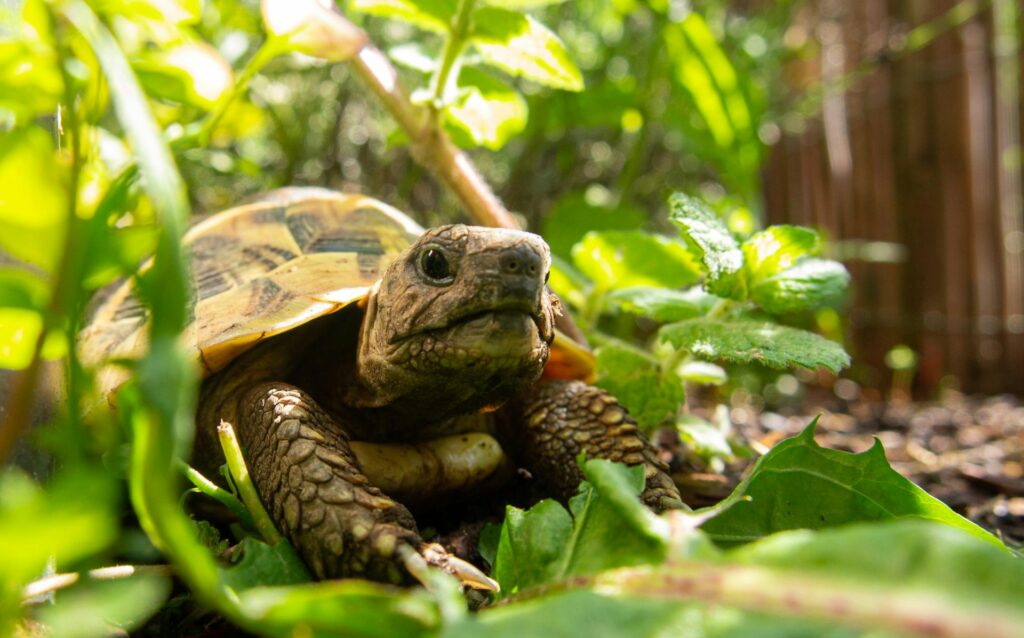
Unlike many traditional pets, tortoises generally don’t crave or require regular handling for their psychological wellbeing. In fact, excessive handling can be counterproductive and stressful for these naturally solitary creatures. As a general guideline, limit handling sessions to when necessary for health checks, enclosure cleaning, or occasional supervised exploration time. Many tortoise species can go weeks or even months without needing to be picked up, which aligns with their natural behavioral patterns in the wild. When you do need to handle your tortoise, keep sessions brief—ideally under 10-15 minutes—to reduce stress and minimize disruption to their routine. Remember, a happy tortoise is one that’s allowed to behave naturally with minimal interference.
Proper Hand Washing Protocols
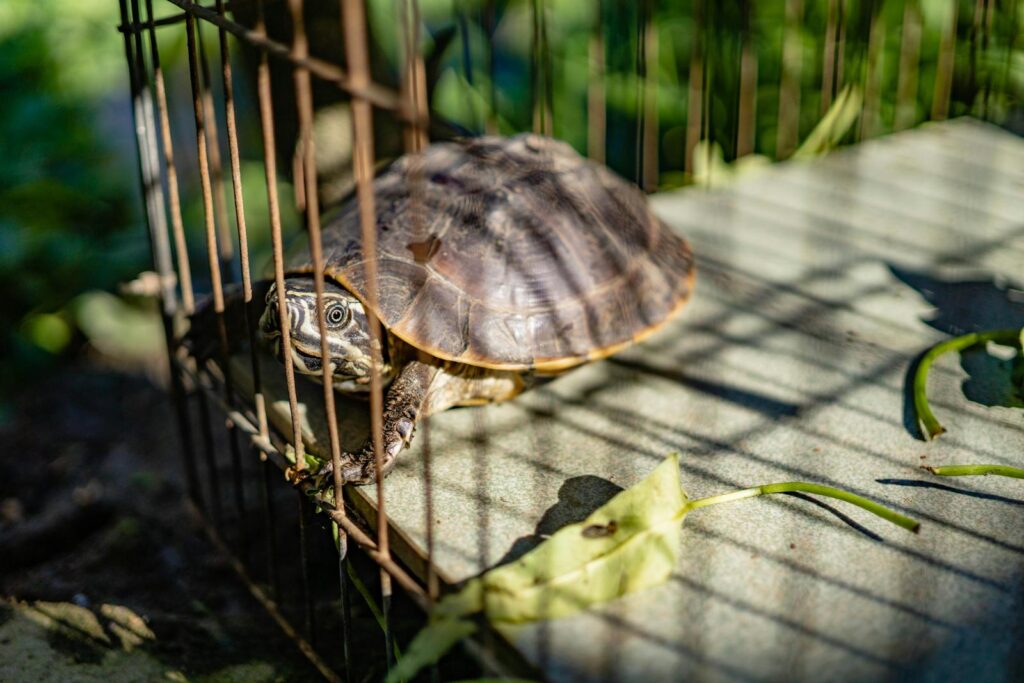
Hand hygiene is a crucial but often overlooked aspect of safe tortoise handling that protects both you and your reptilian companion. Always wash your hands thoroughly with antibacterial soap before handling your tortoise to remove potential pathogens, chemicals, or scents that could harm or stress your pet. This is particularly important if you’ve been handling other animals, preparing food, or using cleaning products. After handling, wash your hands again to protect yourself from zoonotic diseases such as Salmonella, which tortoises can carry without showing symptoms. Avoid using heavily scented soaps or hand sanitizers immediately before handling, as the strong aromas can be distressing to a tortoise’s sensitive sense of smell. Simple unscented soap provides adequate protection without overwhelming your pet.
The Correct Lifting Technique
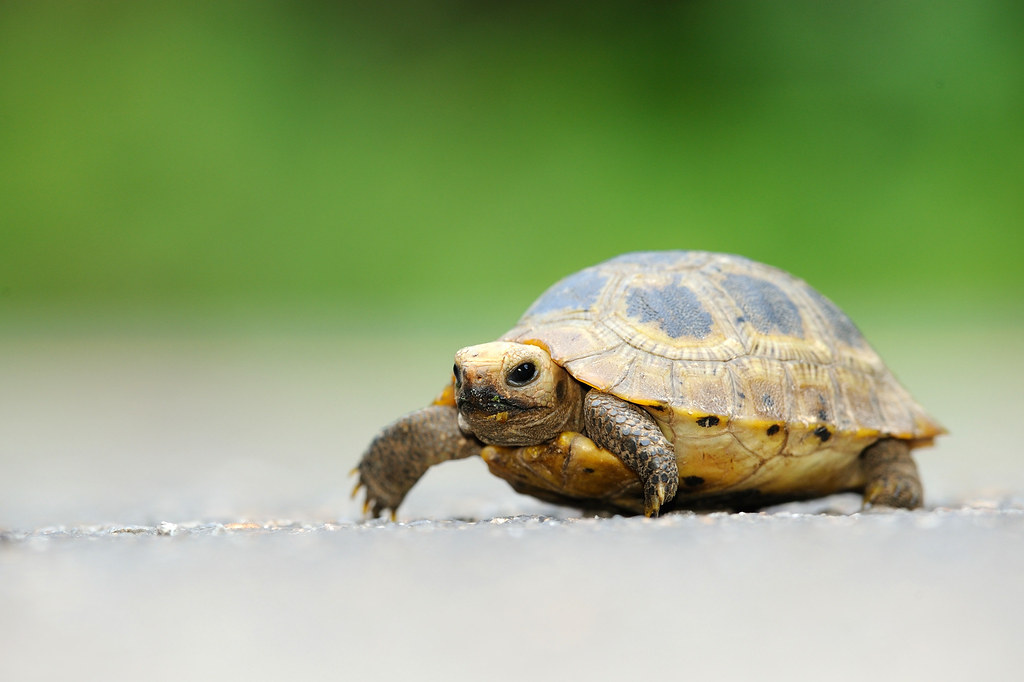
The way you physically lift your tortoise makes a tremendous difference in both their safety and stress levels. Always approach slowly from the side or front where they can see you coming, avoiding startling movements from above which mimic predator attacks. Place one hand on each side of the shell, supporting the plastron (bottom shell) with your fingers and the carapace (top shell) with your thumbs. For larger tortoises, you may need to use both hands to support the full weight of their body, being particularly mindful to never lift by gripping just the edge of the shell. Never lift a tortoise by its legs, head, or tail, as this can cause serious injuries including dislocations or internal damage. The goal is to make your tortoise feel secure and fully supported during the brief time they’re elevated from their familiar ground.
Creating a Secure Holding Environment
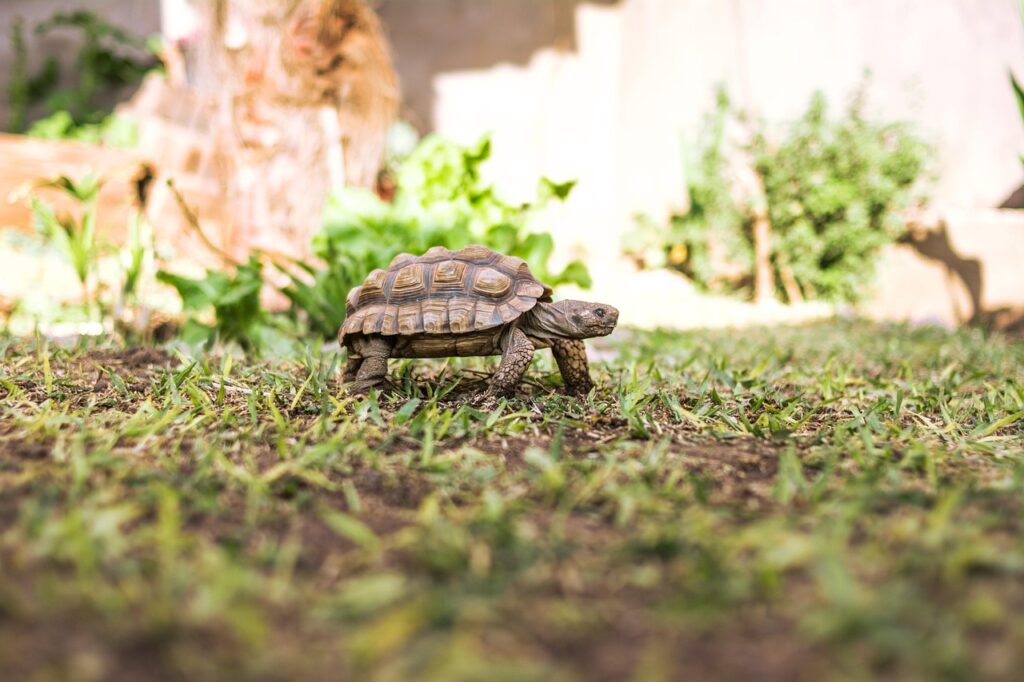
When handling your tortoise, creating a sense of security is paramount to reducing their stress levels. Hold your pet close to your body at a low height, ideally no more than a foot or two from the ground or another safe surface. This minimizes both the perceived danger and actual risk should an accidental fall occur. Many tortoises feel more comfortable when held over a solid surface rather than suspended in open air, which can trigger their innate fear of predatory birds. Consider sitting on the floor during handling sessions, which creates a more stable environment and reduces the distance to safety if your tortoise becomes restless. For extremely nervous individuals, draping a light, breathable cloth over part of their shell while handling can provide an additional sense of security, mimicking the sensation of being hidden or protected.
Temperature Considerations During Handling
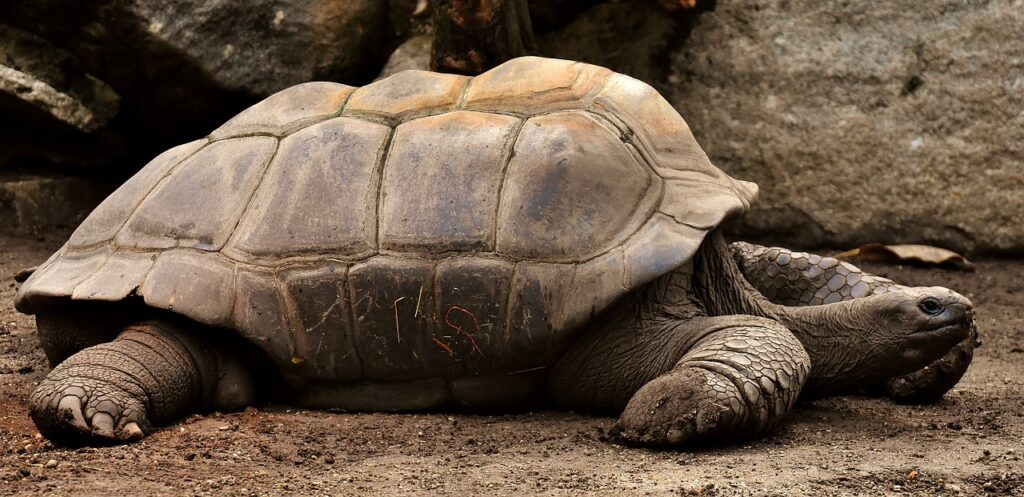
As ectothermic (cold-blooded) animals, tortoises are highly sensitive to temperature changes, making thermal considerations essential during handling sessions. Your hands naturally transfer heat to your tortoise’s shell and body, which can either benefit or stress your pet depending on the circumstances. Avoid handling your tortoise if your hands are unusually cold, as this can rapidly lower their body temperature and slow metabolic functions. Conversely, excessively warm hands can overheat smaller species, particularly if handling sessions are prolonged. Try to match your handling temperature to your tortoise’s preferred optimal temperature zone, which typically ranges between 75-85°F (24-29°C) for most popular pet species. When handling outdoors, be mindful of ambient temperature extremes and limit exposure accordingly to prevent thermal stress.
Special Considerations for Baby Tortoises
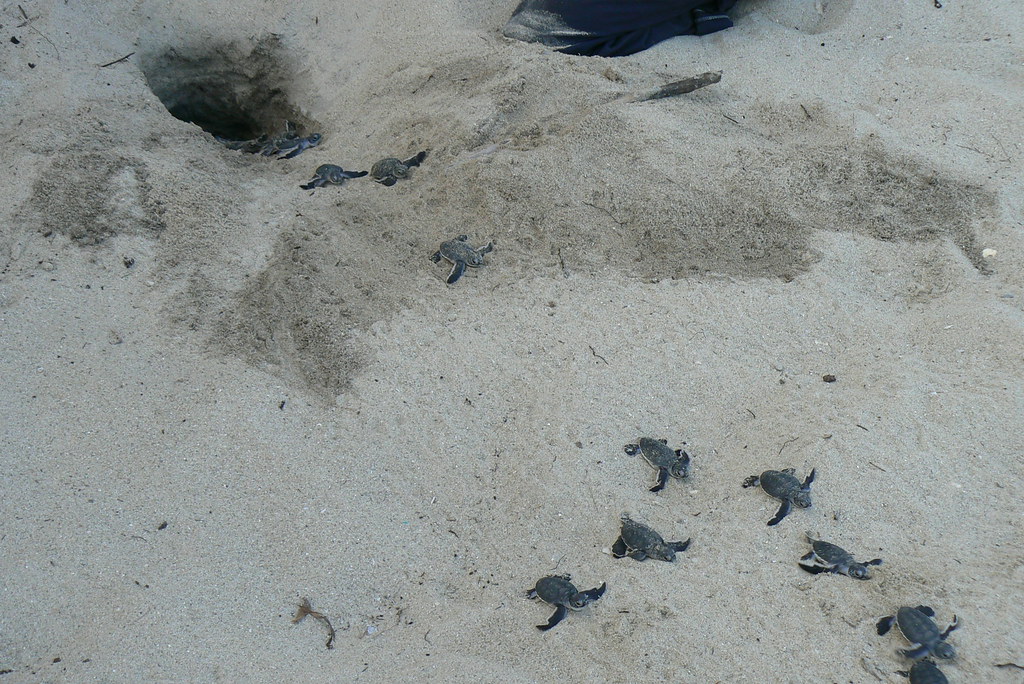
Hatchling and juvenile tortoises require especially gentle handling techniques due to their delicate shells that haven’t fully hardened and smaller size that makes them more vulnerable to stress. For tortoises under one year old, handling should be kept to an absolute minimum—ideally only for necessary health checks or enclosure maintenance. When you must handle a baby tortoise, use a flat, open palm technique rather than enclosing them between your fingers, which can feel threatening to a small tortoise. Move even more slowly and deliberately than you would with adults, as rapid movements are particularly frightening to young tortoises still developing their defensive instincts. Be vigilant for signs of stress which may appear more quickly in juveniles, including rapid breathing, frantic movements, or complete withdrawal into their shell.
Building Trust Over Time

Developing a trusting relationship with your tortoise requires consistency, patience, and positive reinforcement techniques tailored to these unique reptiles. Begin by simply sitting near your tortoise’s enclosure daily, allowing them to become accustomed to your presence without the stress of physical contact. Gradually progress to offering favorite foods by hand, creating positive associations between your presence and rewarding experiences. For many tortoises, leafy greens, hibiscus flowers, or small pieces of strawberry make excellent trust-building treats that can be offered during or after brief handling sessions. Remember that trust-building with tortoises occurs on a much longer timeline than with mammals—what might take weeks with a dog could take months or even years with a tortoise. The temperament also varies significantly between tortoise species and individuals, with some Mediterranean species typically becoming more tolerant of handling than tropical varieties.
Creating a Stress-Free Environment

The environment in which you handle your tortoise plays a critical role in minimizing stress during these interactions. Choose a quiet, enclosed space free from loud noises, bright lights, and potential predators including other household pets that might frighten your tortoise. Avoid handling during your tortoise’s typical sleeping hours, as disrupting their natural cycle can cause unnecessary stress. The handling area should have a comfortable temperature matching your tortoise’s preferred range and flooring that provides adequate traction if they’re allowed to walk. Many tortoise owners create a specialized “play pen” with secure barriers, appropriate substrate, and hiding spots that allows for supervised exploration while minimizing the need for direct handling. This controlled environment provides enrichment while respecting the tortoise’s natural behaviors and reducing stress.
Handling for Health Checks

Regular health examinations represent one of the most important reasons to handle your tortoise, allowing you to monitor for potential issues before they become serious. During these checks, examine your tortoise’s shell for cracks, soft spots, or unusual discoloration that might indicate metabolic bone disease or shell rot. Inspect the eyes, nostrils, and mouth for discharge or inflammation, and check the skin for injuries or parasites, particularly in the folds around the legs and tail. Gently press the plastron to confirm it feels solid rather than soft, which could indicate nutritional deficiencies. While performing these inspections, maintain a calm, steady approach, supporting your tortoise properly throughout the examination. Consider establishing a routine schedule for these health checks—monthly for juveniles and quarterly for healthy adults—to make the process predictable for both you and your pet.
Walking and Floor Time Safety
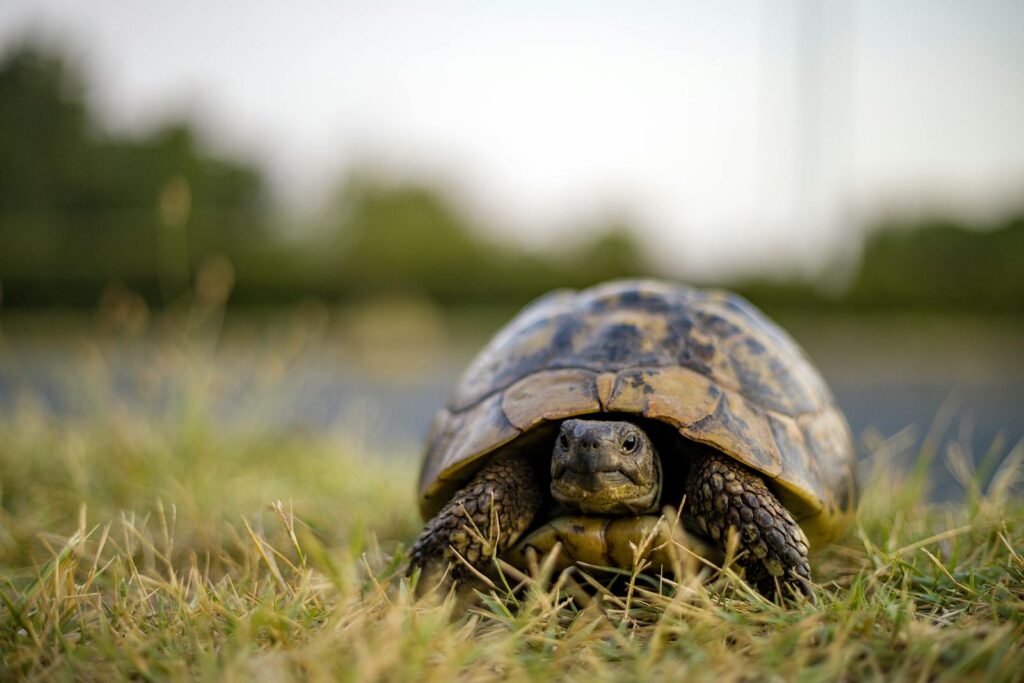
Supervised floor exploration provides valuable exercise and environmental enrichment for tortoises, but requires careful preparation to ensure safety. Before allowing your tortoise to roam, thoroughly tortoise-proof the area by blocking access to electrical cords, houseplants (many of which are toxic), stairs, and small spaces where your pet could become trapped. Maintain appropriate temperature and humidity levels in the exploration area, as household environments are often cooler and drier than a tortoise’s enclosure. Place shallow water dishes at intervals if exploration time will exceed 30 minutes to prevent dehydration. Always supervise your tortoise directly during floor time, as these curious creatures can disappear surprisingly quickly or encounter hazards despite your preparations. For outdoor exploration, ensure the area is secure from predators, free of pesticides or fertilizers, and check that all plants in the area are non-toxic to tortoises.
When to Avoid Handling Completely
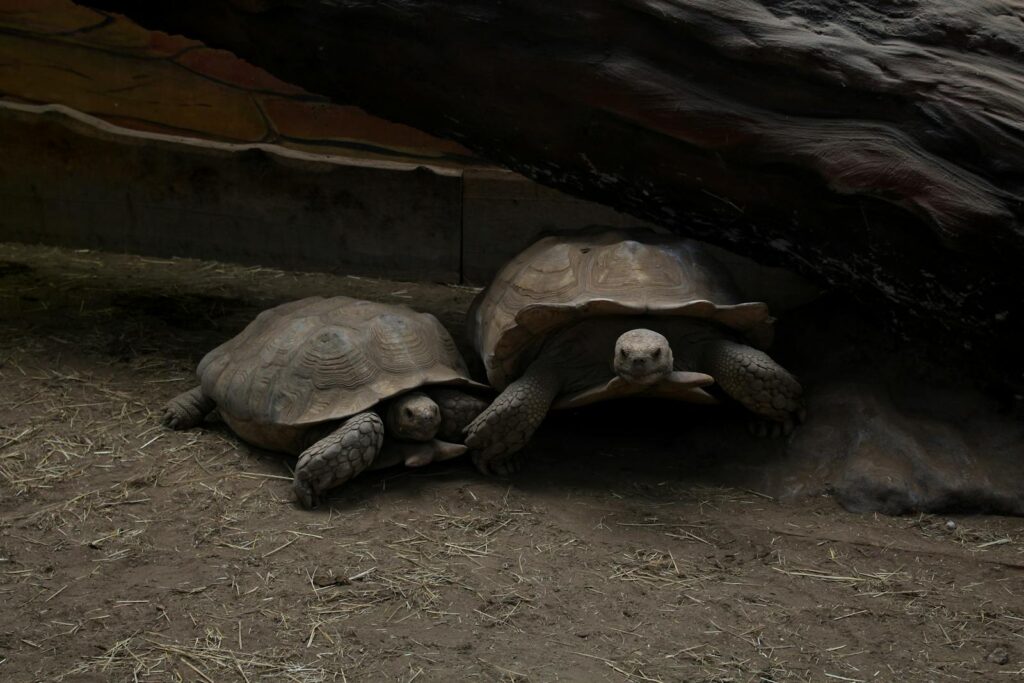
Certain situations warrant a complete pause in handling to protect your tortoise’s health and well-being. During brumation (the reptilian equivalent of hibernation), tortoises enter a natural dormant state where metabolic functions slow dramatically, and handling during this period can cause dangerous disruptions to their physiological processes. Similarly, avoid handling during illness, particularly if your tortoise shows signs of respiratory infection such as wheezing, nasal discharge, or open-mouth breathing. Female tortoises becoming restless and digging may be preparing to lay eggs, a delicate process that should never be interrupted by handling. After a tortoise has recently eaten, handling can disrupt digestion or even cause regurgitation, so allow at least 24 hours after large meals before attempting to handle your pet. Finally, if your tortoise consistently shows extreme stress reactions to handling despite using proper techniques, respect their individual temperament by minimizing physical contact to only essential situations.
Post-Handling Care and Monitoring

The period immediately following handling is crucial for ensuring your tortoise returns to a state of calm and comfort. After returning your tortoise to their enclosure, observe them for at least 15-20 minutes to ensure they resume normal behaviors such as exploring, basking, or eating. Some tortoises may remain withdrawn into their shells temporarily—this is normal, but prolonged withdrawal or refusal to emerge hours after handling may indicate excessive stress. Ensure all heating elements are functioning properly, as the stress of handling can make tortoises more susceptible to temperature-related issues. Offer a small treat of favorite foods after handling sessions to create positive associations, but avoid disturbing them further if they’re not immediately interested. Record observations about your tortoise’s reactions to handling in a journal, which can help you identify patterns and refine your approach to minimize stress during future interactions.
Conclusion
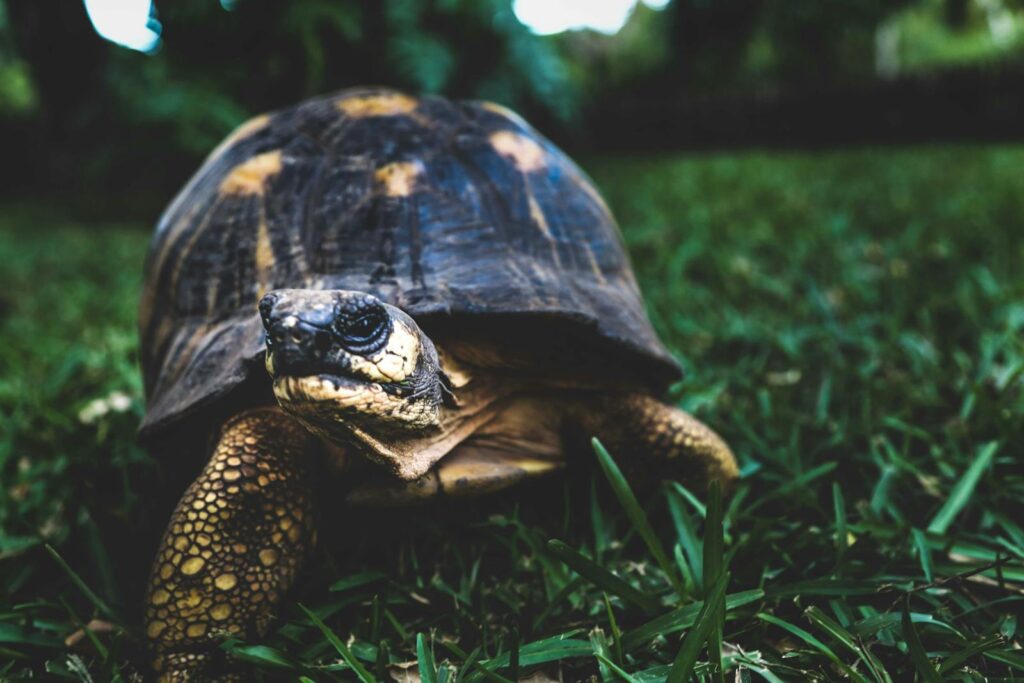
Handling a tortoise requires a thoughtful approach that respects their unique nature as reptiles that haven’t evolved to crave handling like many mammals. By understanding their body language, using proper support techniques, and creating positive associations, you can develop a relationship with your tortoise that minimizes stress during necessary interactions. Remember that each tortoise has an individual personality—some may gradually acclimate to brief handling sessions, while others may always prefer minimal contact. The most respectful approach is to handle your tortoise only when necessary and to focus on other forms of interaction, such as hand-feeding or supervised exploration time, that allow you to connect with your pet while honoring their natural behaviors. With patience and proper technique, you can ensure your tortoise remains healthy and content throughout their remarkably long life.

